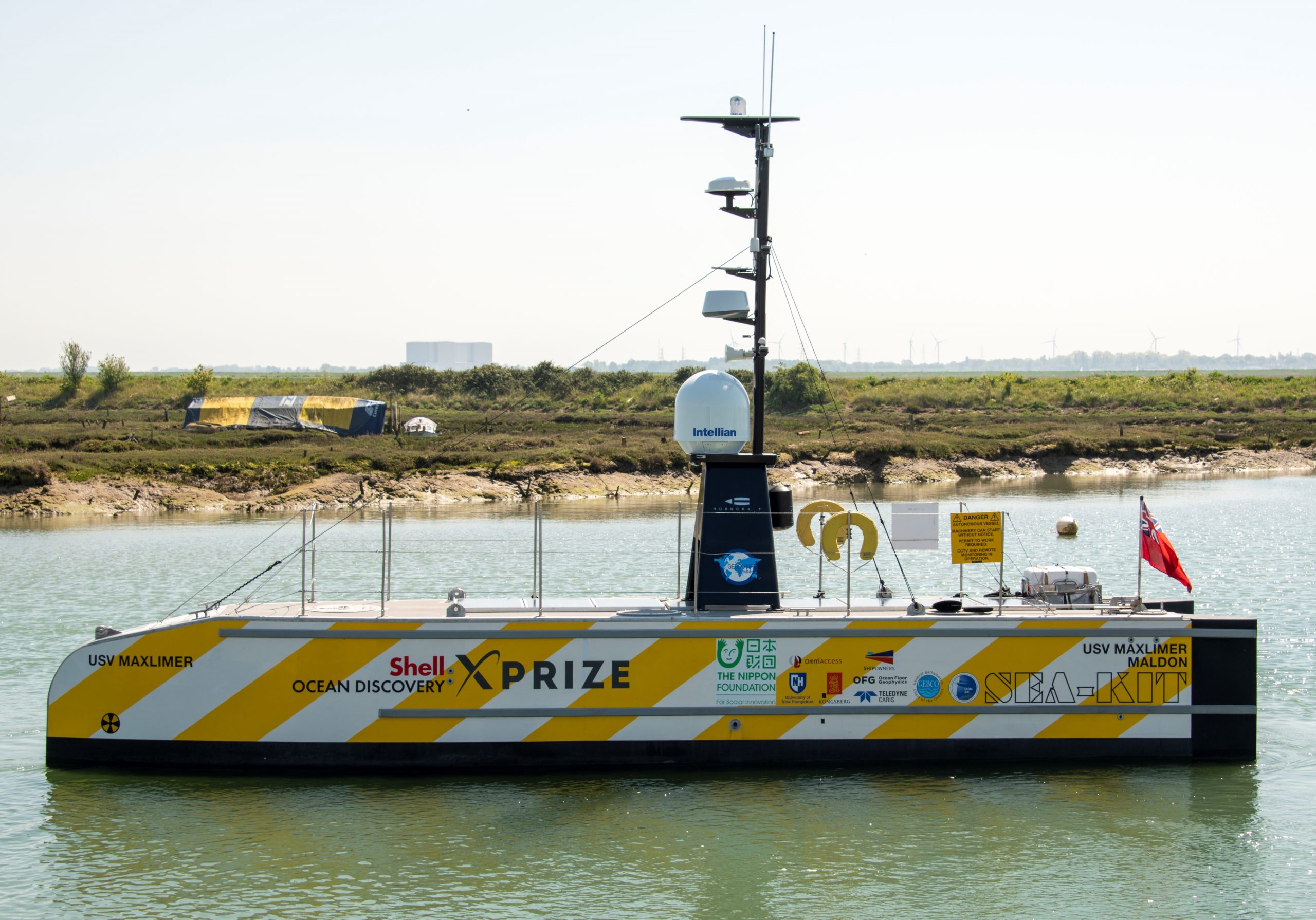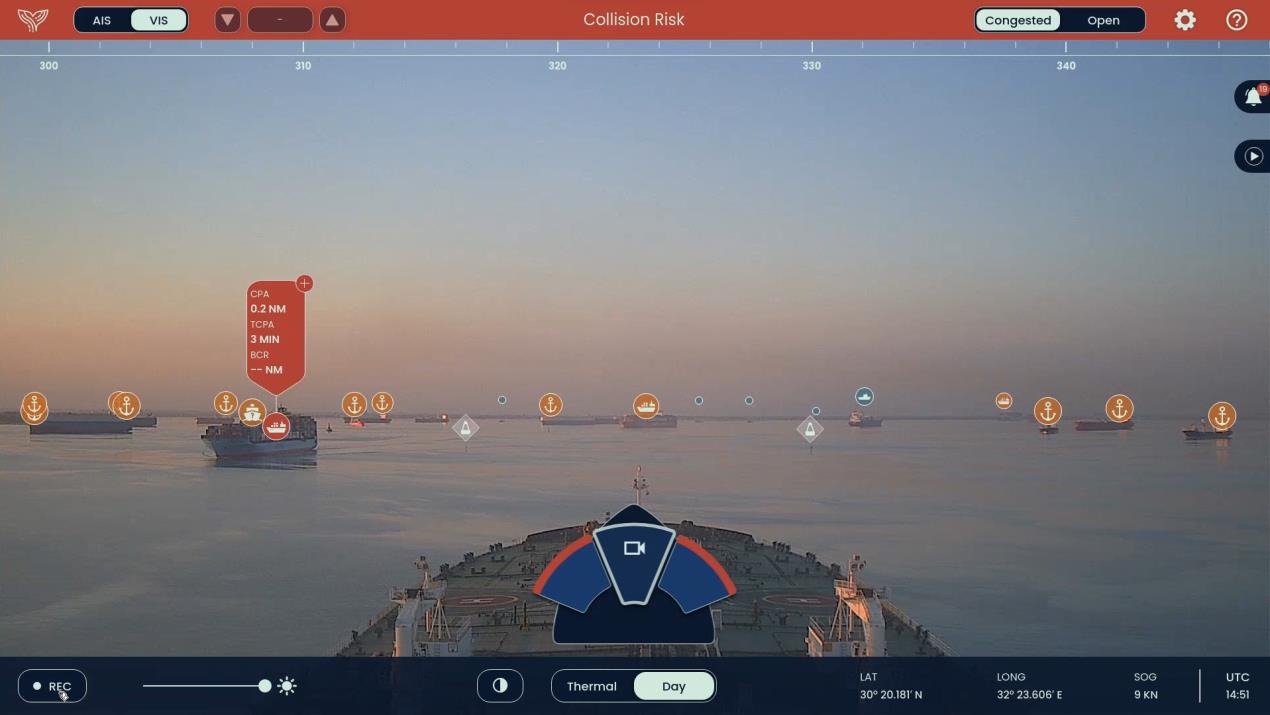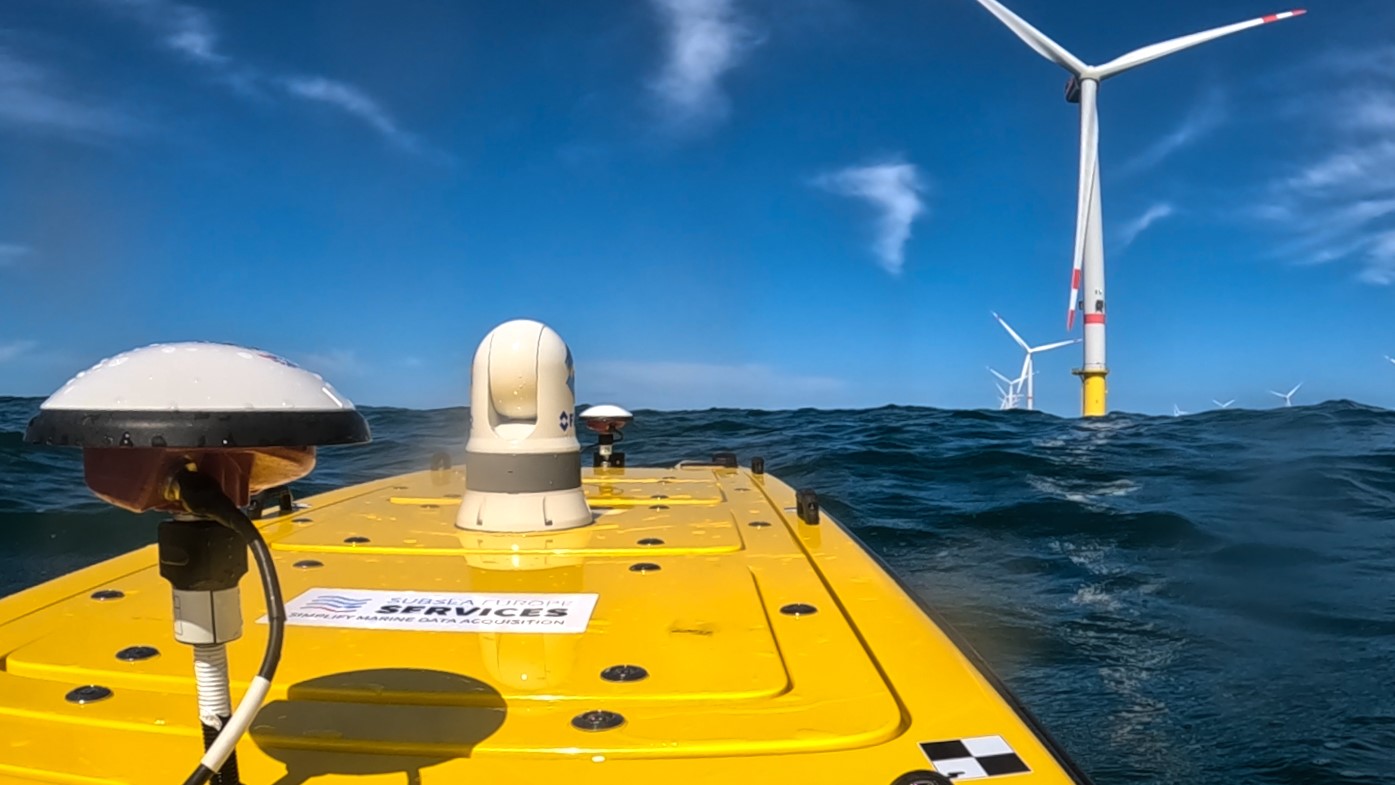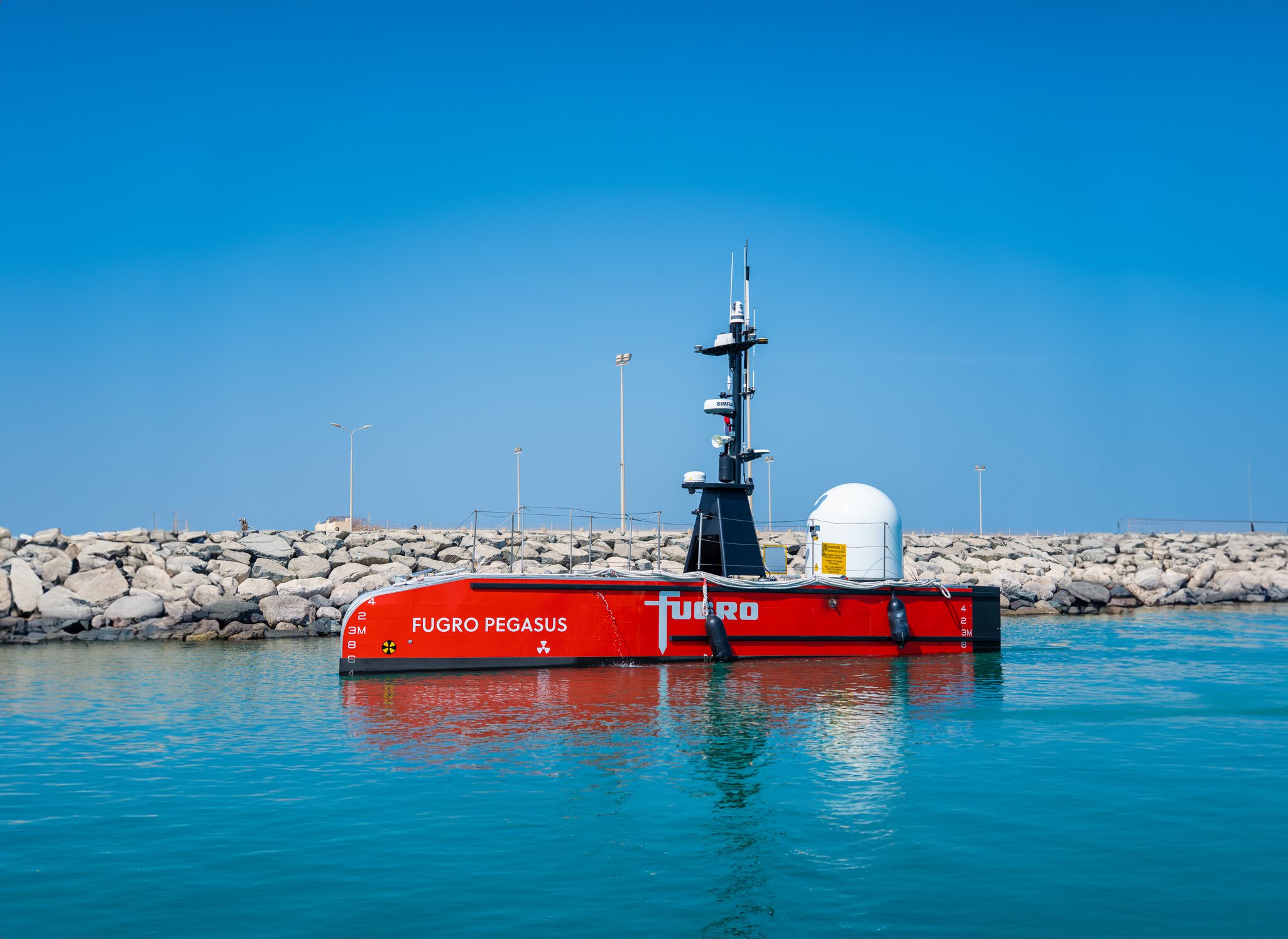The use of unmanned surface vehicles (USV) is on the up, with a new partnership between SEA-KIT and the University of Essex only set to further enhance the effectiveness of this burgeoning technology.
To many people outside the industry, the notion of USVs performing important maritime tasks on a day-to-day basis is still a distant concept. However, while the use of USVs is still in its infancy, it is nonetheless becoming an ever-greater reality, with this fast-developing technology showing considerable scope for growth. For instance, a newly published report from VynZ Research forecasts the global market for USVs to grow at a rate of 12.5% CAGR over the next five years, more than doubling in value from around $1.5bn in 2019 to just under $3.1bn by 2025. While the report’s authors identify defence sector applications as likely enjoying the lion’s share of this market expansion, they nonetheless identify environmental concerns and the correlating uptick in oceanographic research in particular as buoying commercial adoption.
Exactly how accurate such predictions will prove to be remains moot. However, Neil Tinmouth, COO of UK-headquartered USV developer SEA-KIT, would certainly appear to agree with the general prognosis of greater USV use. “The USV market is rapidly growing,” he says. “We now see [these systems] being more regularly adopted for an ever-increasing variety of uses, with users looking to push the technology as far as possible. USVs offer an opportunity to completely re-think how vessels are designed and built, allowing them to become more cost-effective and more fuel-efficient,” Tinmouth continues. A case in point is the company’s Maxlimer USV design that has already undertaken numerous operations typically conducted by more-costly manned vessels while using just 5% of the fuel such traditional alternatives would have consumed.
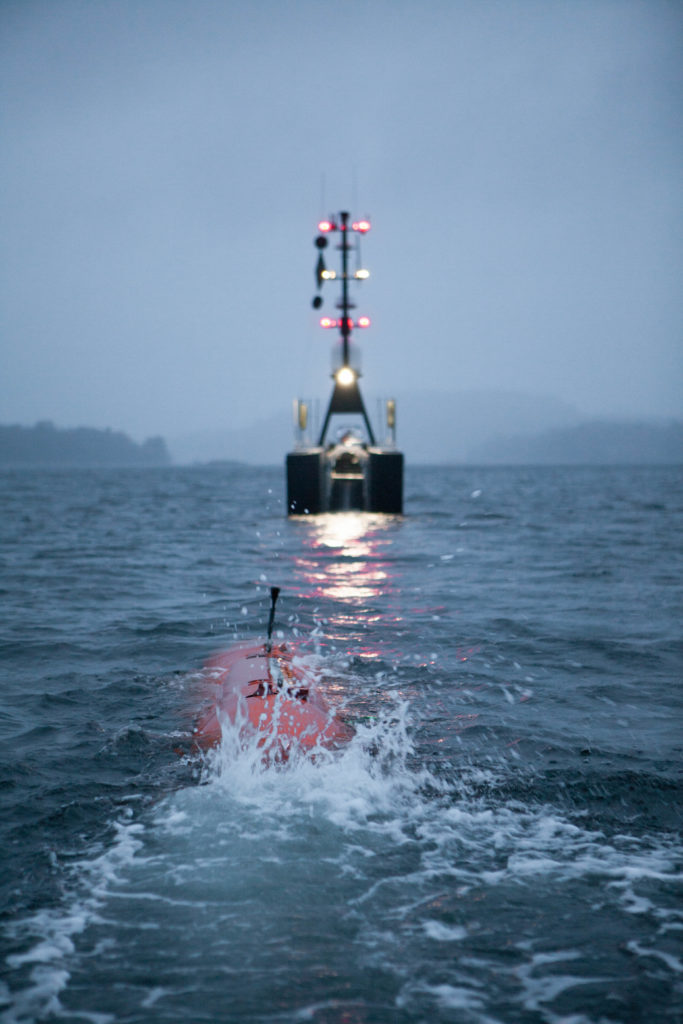
Indeed, this reduced environmental footprint is one of the key benefits offered by USVs along with the fact that by sidestepping the need for a human crew they can also drastically minimise a user’s health and safety exposure. At the same time, USVs can arguably also improve workflow and productivity as they enable personnel to undertake analytical tasks remotely as and when required rather than seeing them having to spend time away from the office or lab at sea. However, as is typical with any new technology, the issue of trust remains a sizeable barrier to USV adoption. “As the technology is used on more and more commercial projects, the trust in the technology will further increase and the more people will see the benefits it has to offer. However, to increase the use of USVs on commercial projects, the systems as a whole need to be proven to be robust and reliable. This includes the various payloads that the USVs deploy.”
Networked, connected and sailing
To this end, SEA-KIT has now entered into partnership with the University of Essex. With funding of around £200,000 ($245,000) from the UK Government’s Knowledge Transfer Partnership scheme, the tie-up will focus on developing enhanced communication and control systems for over-the-horizon/beyond-the-line-of-sight operations, something Tinmouth sees as “essential for increasing the adoption of USV technology as customers look to push the technology further offshore for longer periods of time”. A such, the partnership will seek to develop a wide area network (WAN) system comprised of several communication networks combined into a single feed that, in Tinmouth’s words, will be able “to intelligently and seamlessly switch between the various modes of communication to ensure less downtime and less risk of incidents occurring during switching and [the] optimisation of data handling”.
“Due to the limited bandwidths and high data costs of satellite data along with the data-intensive nature of the systems and sensors deployed from the USV, it is important for the communication to optimally balance the load, ensuring that both the sensor and payload data is prioritised and relayed ashore as effectively and efficiently as possible without interfering [with] or interrupting the vessel control data,” he says. Moreover, to counter the threat of potential cyberattacks, system security will be a key consideration at the heart of the project. “The technology will increase the robustness and reliability of vessels operating over the horizon and in remote locations,” Tinmouth states. “This will create further trust in the capabilities and open up more operational opportunities for the USVs, which help increase their adoption into the industry.”
“It will be a critical stepping stone in developing a pathway for intelligent vessel control with automatic collision regulation adhesion,” he continues, adding that the resulting improved and optimised communication network and data handling “will also assist with increasing payload capabilities”.























